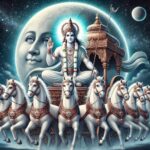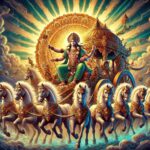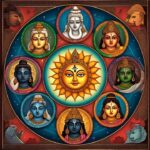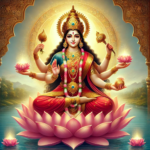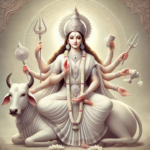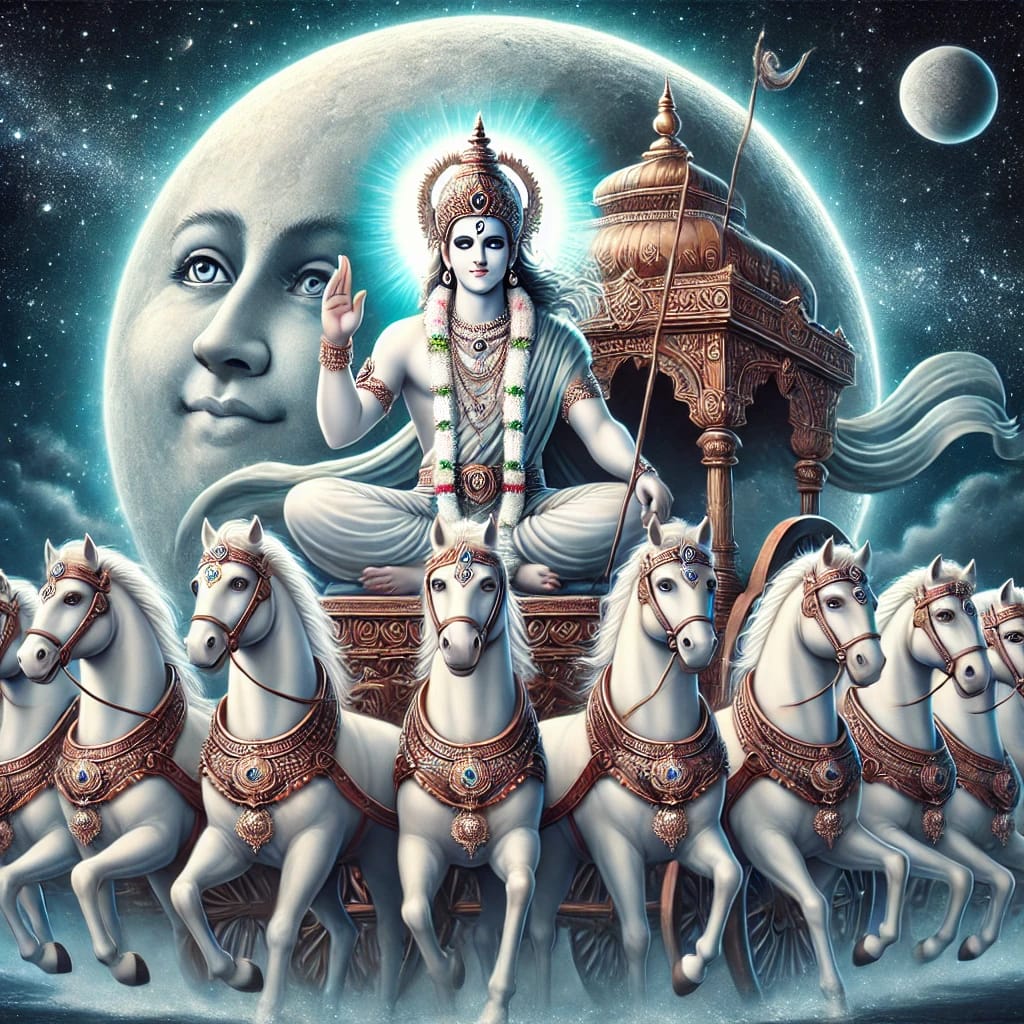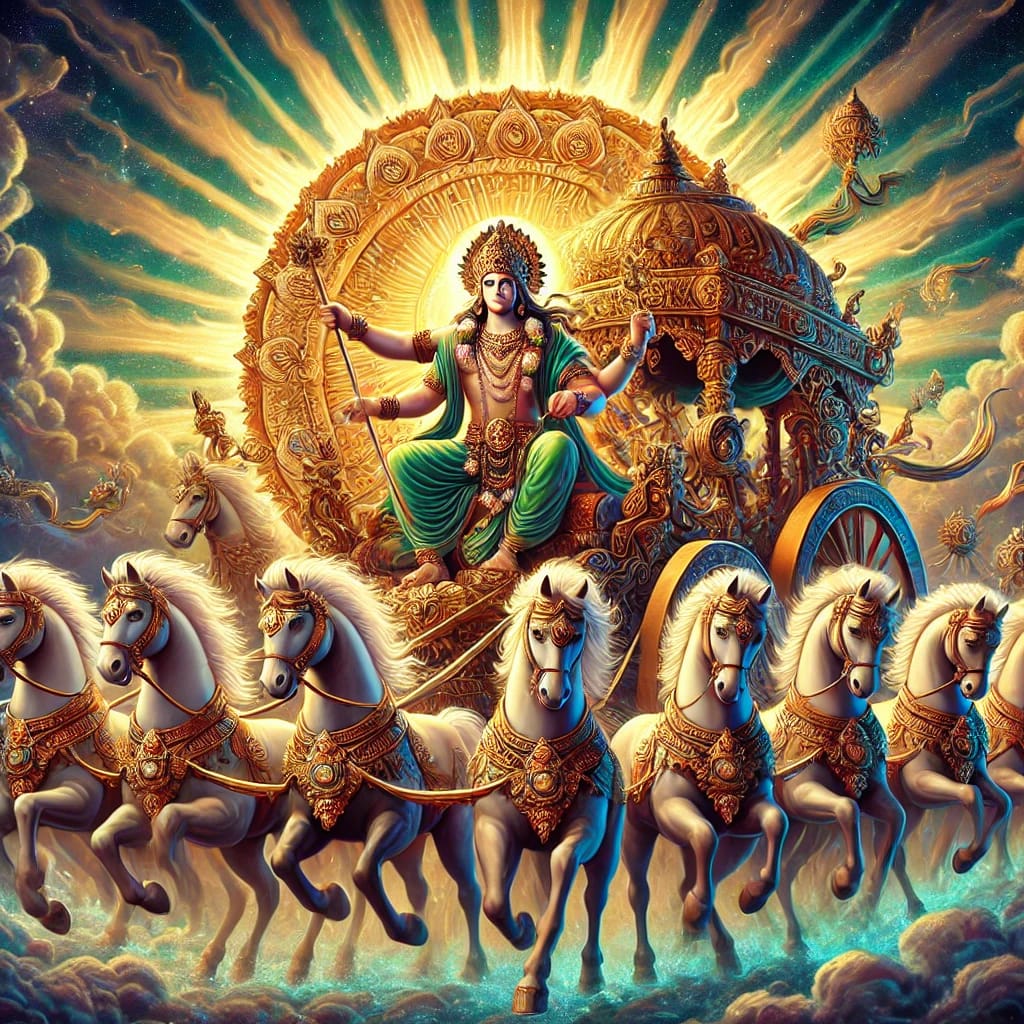History and Origin Of Tarot Cards
Tarot cards have intrigued people for generations with their symbolism and insight. But they hold a rich history that spans cultures and times. If you are a tarot card reader, you must be interested in knowing the history of tarot cards.
In this article, we’ll dive into the complete history, anatomy, and origin of tarot cards. Let’s get started!
Anatomy Of A Tarot Card Deck: Decoding The Components
A tarot card set has 78 cards, and it’s full of symbols and things to learn. It’s like two parts: the Major Arcana and the Minor Arcana.
The Major Arcana has 22 cards that tell a life story from beginning to end. Each card is like a big idea, showing different parts of life that we all go through.
The Minor Arcana has 56 cards split into four groups: Cups, Swords, Pentacles, and Wands. These groups talk about everyday stuff like feelings, problems, and opportunities.
These suits cover everyday life, like feelings, challenges, and opportunities. Reading tarot means understanding what each card means and how they work together in a spread.
Ancient Beginnings: The Roots Of Tarot Cards
The story of tarot cards goes way back to ancient civilizations. Different societies used cards for both spiritual and practical reasons. For instance, in China, they had paper strips with symbols, like oracle cards, to get a glimpse into the future. Similarly, ancient Egyptians used symbols and hieroglyphs on papyrus scrolls to figure things out.
But the tarot cards we know today started taking shape in medieval Europe around the 14th and 15th centuries. They were called “triumph cards” and weren’t just for games—they had more profound meanings. One of these decks, the Visconti-Sforza, had elaborate artwork that reflected the values of that time.
A Multitude Of Tarot Theories
Despite all we know, the true origin of tarot is still debated. One common theory says they started in the Renaissance in Europe as a form of entertainment. This idea gets support from early decks like the Visconti-Sforza, which blended art with fun.
Then there’s the fascinating link between tarot and ancient Egypt. This theory suggests that tarot symbols were inspired by Egyptian mysticism. However, there isn’t much direct evidence for this connection.
Some suggest a connection between tarot and the Kabbalah, an ancient Jewish tradition. They point to similar symbols and ideas in both.
Another intriguing theory brings in the Romani people, often called Gypsies. This idea says that tarot travelled across Europe with them, fitting into their divination practices. But even with these theories, we don’t have yes or no – a solid answer.
The Evolution Of Tarot
From being mere game pieces, tarot cards transformed into tools for divination and personal insight in the 18th century. Visionaries and mystics began to see more in the symbols on the cards. Jean-Baptiste Alliette, or Etteilla, played a significant role in this transformation. He wrote guides that introduced ideas like reversed cards and different ways to lay them out, making it easier to uncover hidden meanings.
The 19th century brought a surge of interest in mystical and hidden knowledge. Tarot became a tool for self-discovery and spiritual exploration. A significant time was when artist Pamela Colman Smith and magic expert Arthur Edward Waite worked together to make the Rider-Waite-Smith deck. This deck changed tarot by giving each card intricate illustrations and symbols that tapped into common human experiences. This made the tarot more relatable and understandable.
Modern Interpretations And Cultural Resonance
As the 20th century rolled in, tarot experienced a revival. Many different decks came out, each with its theme, spiritual background, and art style. This diversity allowed people to connect more personally with the cards, picking ones that matched their beliefs.
In today’s world, tarot knows no borders or languages. It intrigues people worldwide and serves more than just divination purposes. It helps with understanding ourselves, making decisions, and finding spiritual guidance. And with the digital age, tarot readings have gone online, making them even more accessible.
Conclusion
Ultimately, the story of tarot cards stretches across time and beliefs, creating a story full of secrets and significance. Starting as simple playing cards and growing into tools for help and understanding, tarot cards always keep us curious. As we’ve explored their origins and history, it is clear that tarot cards bridge the gap between the tangible and the mystical, offering wisdom, insight, and a touch of magic.
Astrologer Navneet Khanna, is a former World Bank & SIDA consultant, he has held many prestigious projects in India and Africa before settling down in his native place, near Chandigarh and following his passion in Vedic Astrology. Navneet is very scientific and logical in his Predictions. He reasons his predictions because of which he has a worldwide following and people from many countries solve their problems with his help.
He is an expert in Marriage and Love Relationship. In Marriage Matching he does analysis of Guna Milan and also Grah Milan (Matching of the Planets) and will tell you effects and remedies of Nadi Dosha, Bhakoot Dosha & Gana Dosha if present.
He is an Expert Astrologer on Many Indian & Foreign Websites like myastrologysigns.com and a frequent writer for many national and international websites and magazines.
Navneet believes that Vedic Astrology is a vast subject, it is an ocean of knowledge and wisdom. It is simply up to the individual to jump into the ocean and extract the pearls. With his vast experience on occult subjects he has been associated with leading astrologers in India to promote astrology.
Navneet Khanna believes that the energy and inspiration behind him is the Blessings of the Almighty.
You may call / whatsapp him on his number +91-9417884861 .

